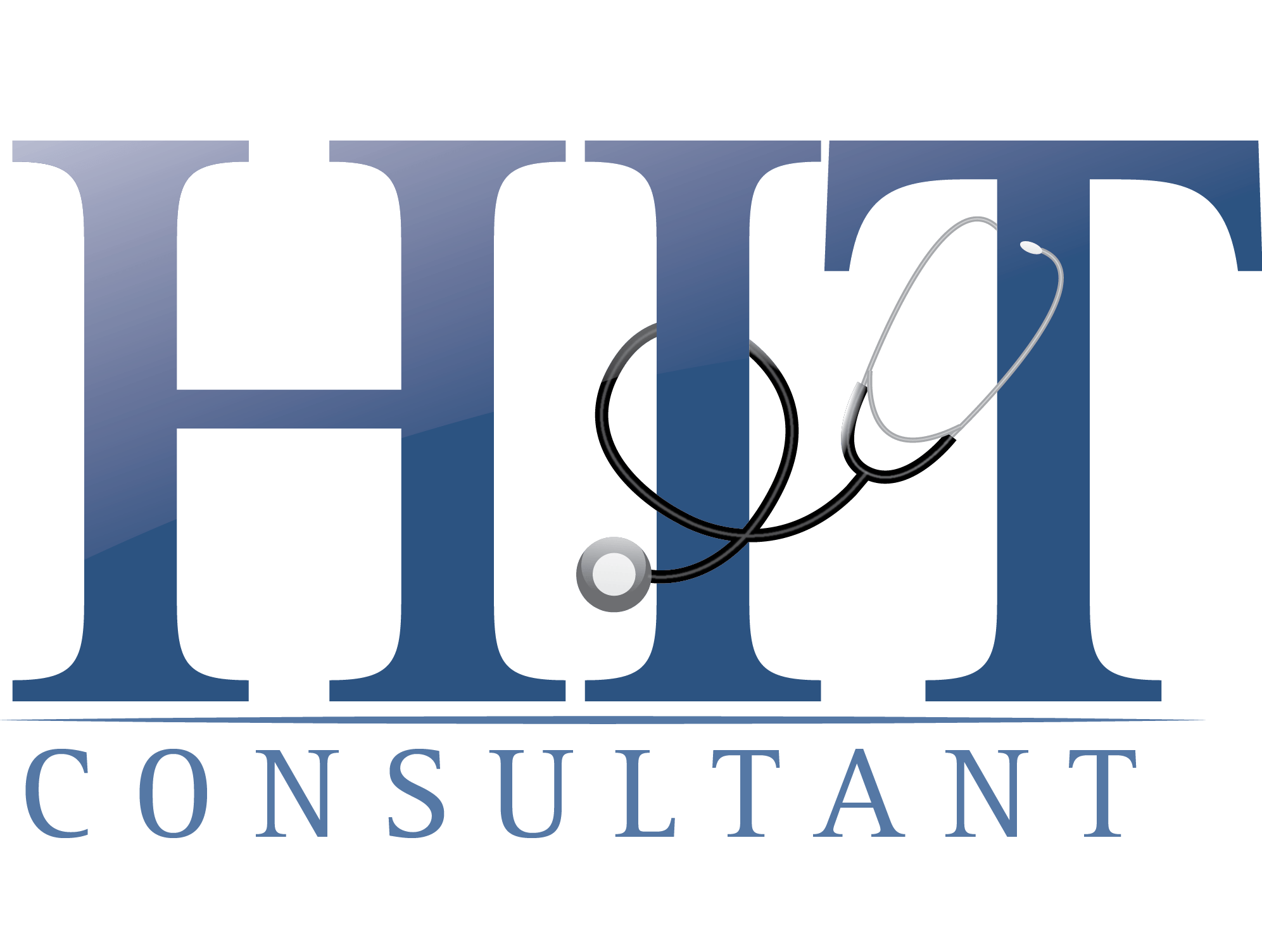
The revised 42 CFR Part 2 regulations are coming. For behavioral health providers, they arrive at a time when the future feels unsteady and unpredictable. Enforcement will begin in early 2026, but the preparation window is rapidly closing. Clinics are navigating major changes in how they must collect, segment, and share patient data related to substance use disorder (SUD) treatment. Additionally, recent federal budget reforms mean the reimbursement environment is increasingly uncertain. These pressures combine to create a moment of reckoning for behavioral health.
If you lead a small or mid-sized clinic, particularly one in a rural or underserved area, preparing for Part 2 can feel overwhelming. The technical lift, legal ambiguity, and financial anxiety are real. However, there are steps every provider should begin taking now to reduce risk and regain a sense of control.
Before we talk about how to prepare, let’s take a look at the roadblocks.
The Four Biggest Challenges to Readiness
Most EHR systems lack the technical capacity to segment data by consent status. Even among certified systems, default configurations do not typically support the level of granularity Part 2 requires. SUD-related records must be distinguishable from the rest of a patient’s chart and shared only with explicit, revocable patient consent. Without built-in segmentation and disclosure tracking, many clinics rely on manual processes or outdated workarounds. These stopgaps introduce risk, especially in emergencies or when coordinating with other providers.
Second, staff training is not keeping pace with the regulatory shift. The updated rule brings Part 2 closer to HIPAA, but the two frameworks are not identical. Behavioral health clinicians, administrators, and front-desk staff alike need clarity on what the differences mean in practice. For example, the conditions under which consent is considered valid, and what constitutes a permissible disclosure, are not always intuitive. Confusion leads to data getting shared improperly, exposing the clinic to liability, or data is withheld unnecessarily, disrupting care coordination.
The financial cost of IT modernization also remains a serious constraint, particularly for rural and community-based providers. The National Institutes of Health and RTI International have both documented the “digital divide” affecting small behavioral health organizations. These providers may lack internal IT staff, rely on small training budgets, and operate without a clear path for capital investments in compliance infrastructure. When funding is scarce, compliance becomes a tradeoff between risk mitigation and basic service delivery.
Finally, misinformation is widespread. Some clinics believe they are exempt from Part 2 altogether. Others assume enforcement will be delayed indefinitely. Some believe their existing systems will handle the changes without intervention. These assumptions are often based on outdated guidance or misinterpretation of legal language. But whether rooted in optimism or fatigue, the consequences of misinformation are the same. Providers find themselves unprepared when the rules are enforced, and patient care suffers in the process.
How to Begin Preparing Today
Despite the barriers, there are steps clinics can begin taking now. These do not require full-scale technology overhauls or expensive legal consultants. They do require clarity, structure, and a commitment to proactive learning.
Start by conducting a system audit. Ask whether your current EHR or data management platform can support the separation of SUD data from the rest of the clinical record. Assess whether your team has the ability to tag records based on patient consent status and whether disclosures can be tracked and logged. If these features are missing, begin identifying what changes or support you will need to build them into your workflow.
Next, invest in targeted training. Focus on the specific areas where HIPAA and Part 2 diverge. Develop use cases and tabletop scenarios that walk your staff through consent management, emergency disclosures, and routine coordination with external care partners. Make sure your policies are documented and accessible. Training does not need to be expensive to be effective, but it does need to be specific and repeatable.
Finally, align compliance planning with financial strategy. The current environment makes long-term reimbursement forecasting difficult. Many clinics are reevaluating which service lines they can sustain and where to allocate limited administrative resources. That tension is understandable. While it’s a legal mandate, Part 2 compliance also supports better data governance, clearer patient communication, and stronger partnerships with referring organizations when implemented well. These are the same foundations that support value-based care and long-term sustainability.
Decisions Cannot Be Delayed
Regulatory change, financial instability, and rising patient needs are all unfolding at once. That creates stress as well as opportunity. Preparing for 42 CFR Part 2 now means less disruption later. It also builds a framework for other forms of data sharing, documentation, and collaboration that will define behavioral health in the years ahead.
The compliance clock is ticking, but the work ahead goes beyond checking boxes. It is about building the capacity to deliver informed, integrated, and ethical care in an increasingly complex system. That is not just preparation. It is leadership.
About Melissa Tran
Melissa Tran, CEO of ProsperityEHR, is a healthcare technology leader whose blend of operational expertise, EHR innovation, and strategic foresight helps behavioral health providers optimize workflows, strengthen outcomes, and scale sustainably amid shifting policy and industry pressures.
